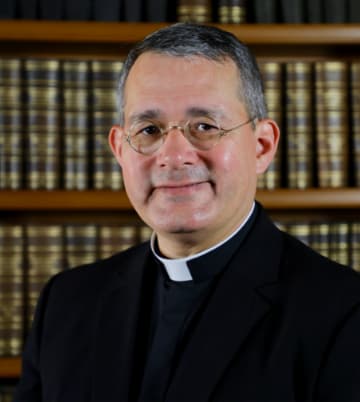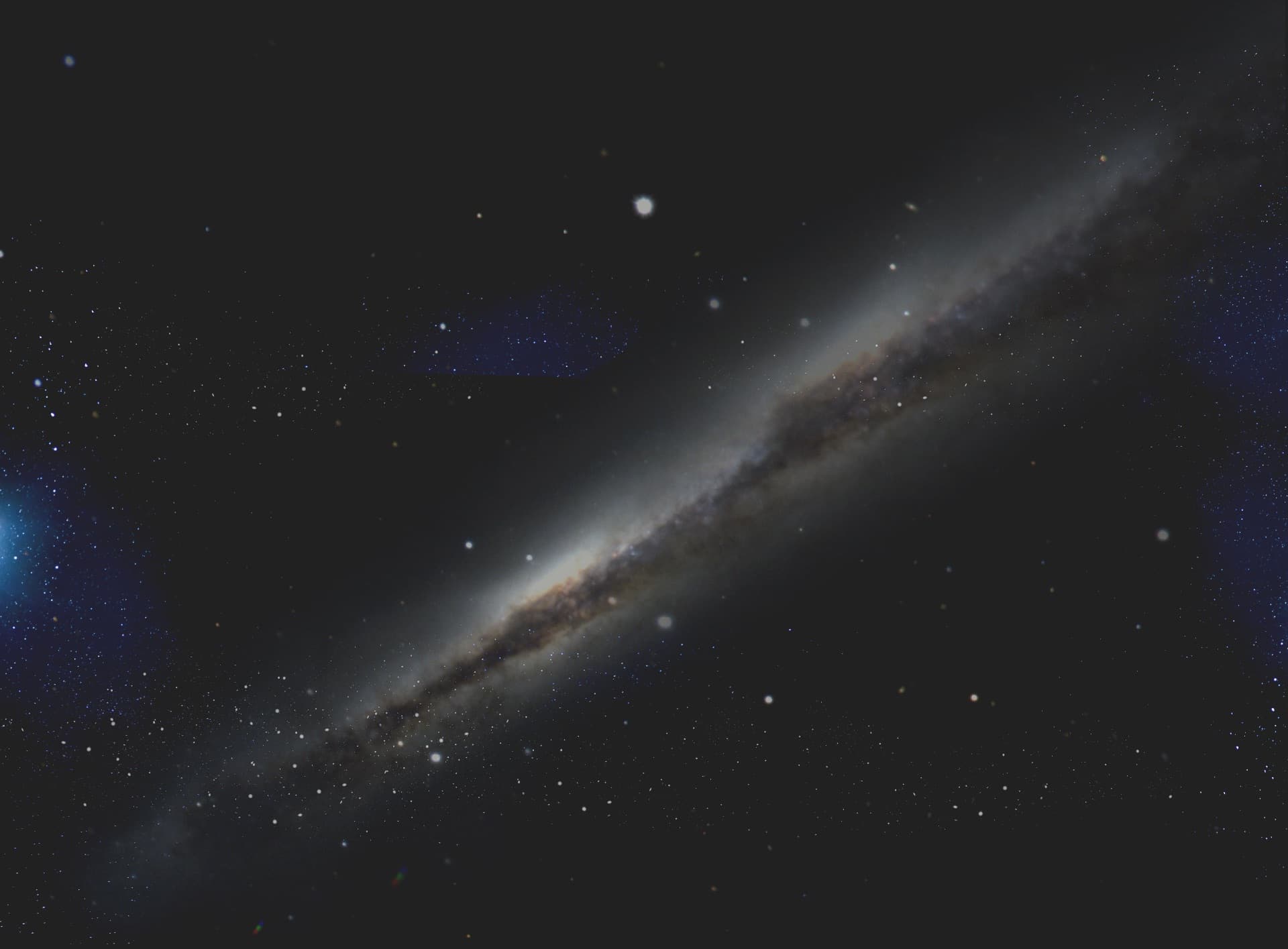Education
- B.S. Physics – Texas A&M University – 1988
- M.A. Philosophy – Fordham University – 1995
- M. Div. Theology – Weston Jesuit School of Theology – 2002
- Ph.D. Astrophysics – University of Oxford, England – 2008
Memberships
- International Astronomical Union (since 2012)
- American Astronomical Society (since 2009)
Background
Father David Brown SJ was born in New Orleans, Louisiana in 1967 and was admitted into the Society of Jesus in 1991 after studies at Texas A&M University. During his Jesuit formation, he studied at Fordham University in New York City during 1993-95, then taught physics at Jesuit High School in New Orleans from 1996 to 1999. From 1999-2002, he did his theology studies during major seminary at the Weston Jesuit School of Theology in Cambridge, Massachusetts, after which he was ordained a priest in 2002.
Fr. Brown completed his doctoral studies in astrophysics at the University of Oxford in England in 2008. His thesis dealt with exploring binary star interactions in different environments (metallicities), which might produce subdwarf B (sdB) stars, and their possible implications for various phenomena including the UV-upturn. Fr. Brown joined the Vatican Observatory in November 2008, where he continues to work on various aspects of stellar evolution. He also serves as caretaker of the telescopes of the Vatican Observatory in Castel Gandolfo.
Research Interests
Fr. Brown’s research interests in the field of stellar evolution are primarily concerned with the study of horizontal branch stars, including subdwarf B (sdB) stars. The research is primarily from a theoretical perspective, seeking to study the formation mechanisms of such stellar objects in different environments, including in the Galactic field, open and globular clusters, and elliptical galaxies. Such research encompasses many disciplines, including binary star interactions, cluster studies, and galaxy evolution (the UV-upturn). More recently, he has begun to study pulsating sdB stars (asteroseismology) from an observational standpoint, using the VATT in Tucson. Future plans include the study of the role of stellar rotation in how HB stars evolve.
Recent Peer-Reviewed Publications
- BROWN D., 2014, ‘Hot Subdwarf Stars and the ZAHeMS’, Astronomical Society of the Pacific Conference Series, Vol. 481, pp. 225-228
- BROWN D., 2010, ‘Binary Population Synthesis and sdBs at Different Metallicities’, Astrophysics and Space Science, Vol. 329, pp. 33-39
- BROWN D., 2008, ‘Binary Population Synthesis and sdB Stars at Different Metallicities’, Astronomical Society of the Pacific Conference Series, Vol. 392, pp. 83-86
- Podsiadlowski P., Han Z., Lynas-Gray A.E., BROWN D., 2008, ‘Hot Subdwarfs in Binaries as the Source of the Far-UV Excess in Elliptical Galaxies’, Astronomical Society of the Pacific Conference Series, Vol. 392, pp. 15-25
- BROWN D., Yi S., Han Z., Yoon S.-J., 2006, ‘Binary Population Synthesis, sdB Stars and the UV Upturn’, Baltic Astronomy, Vol. 15, pp. 13-16

